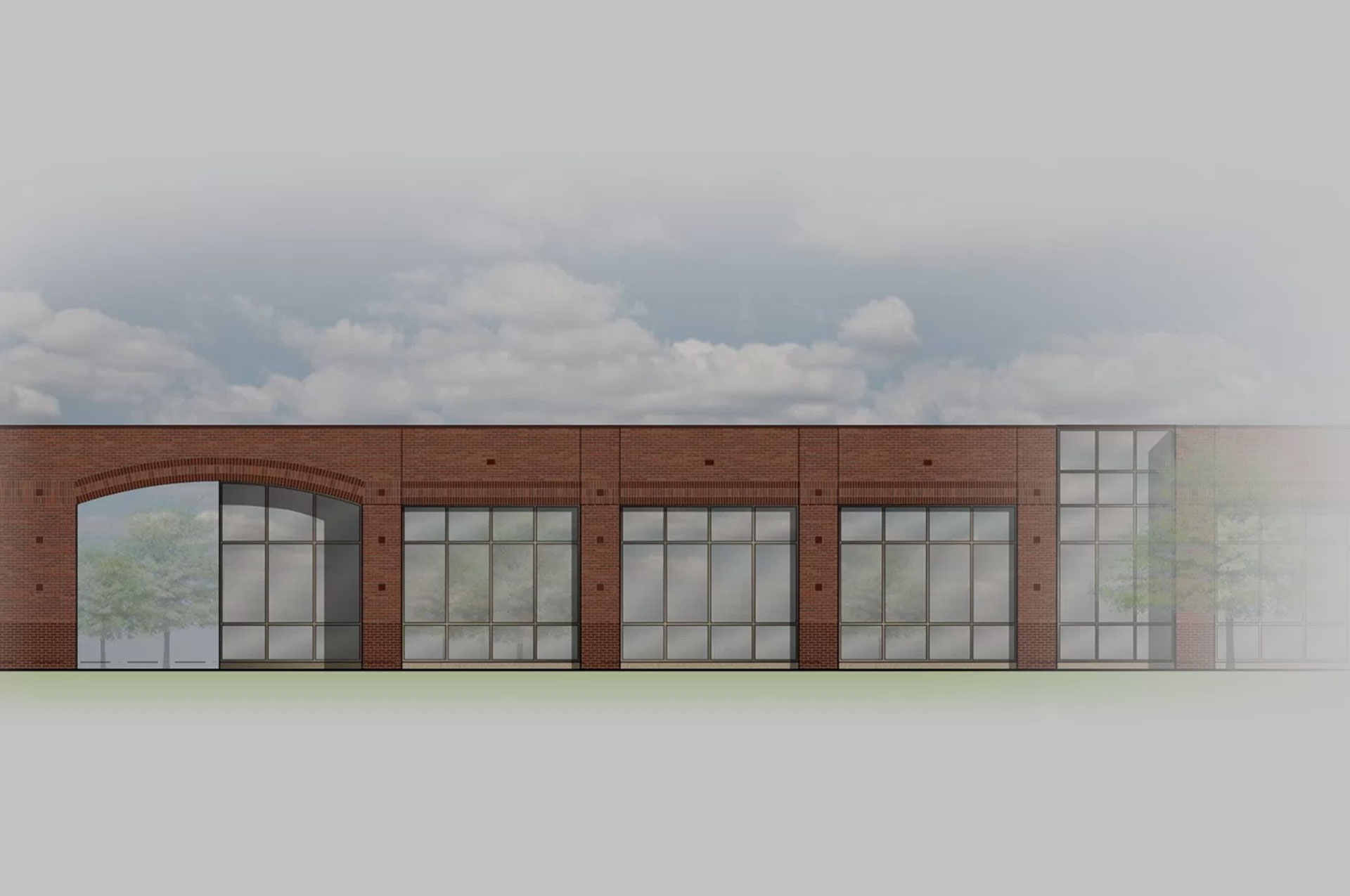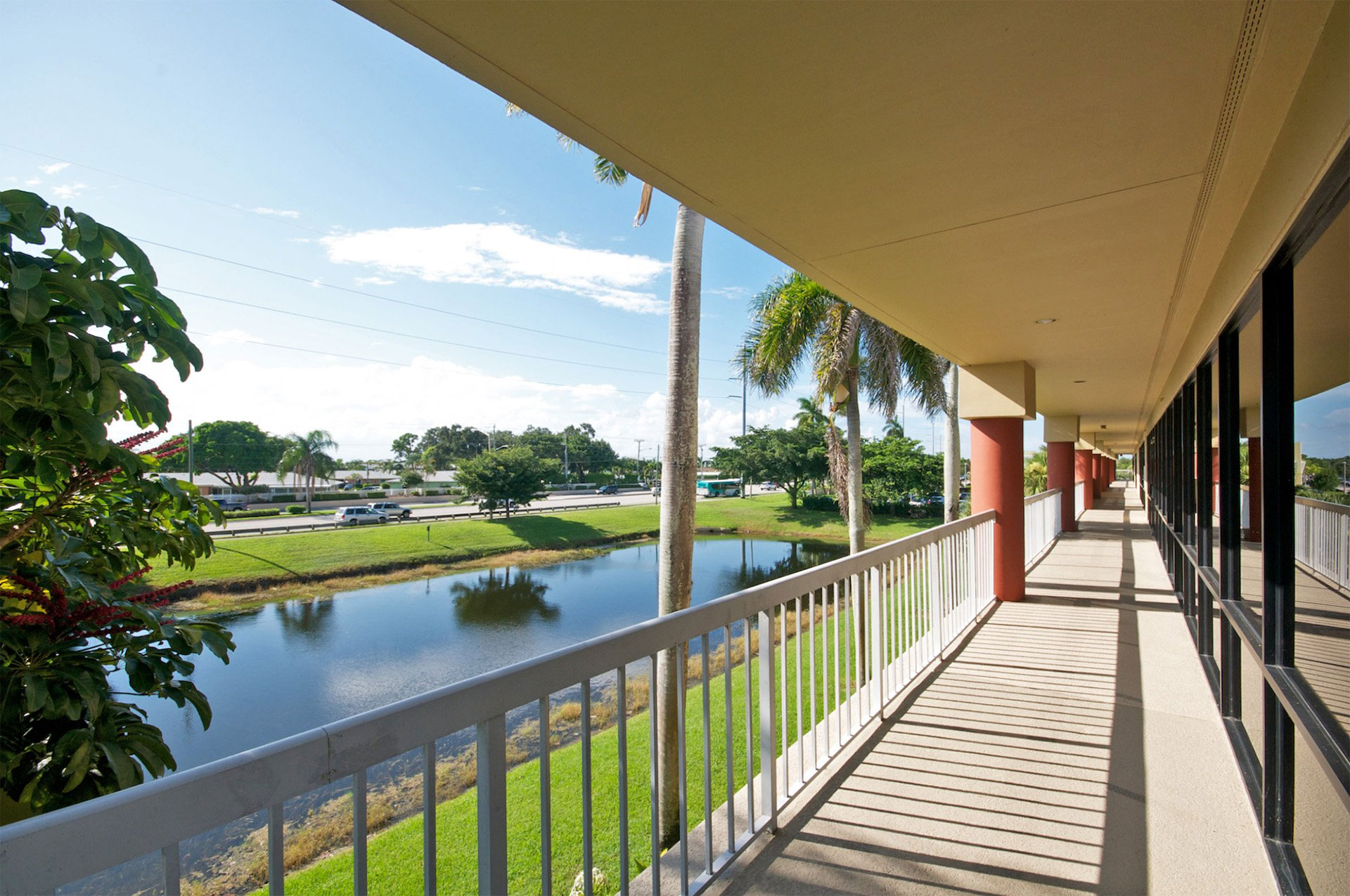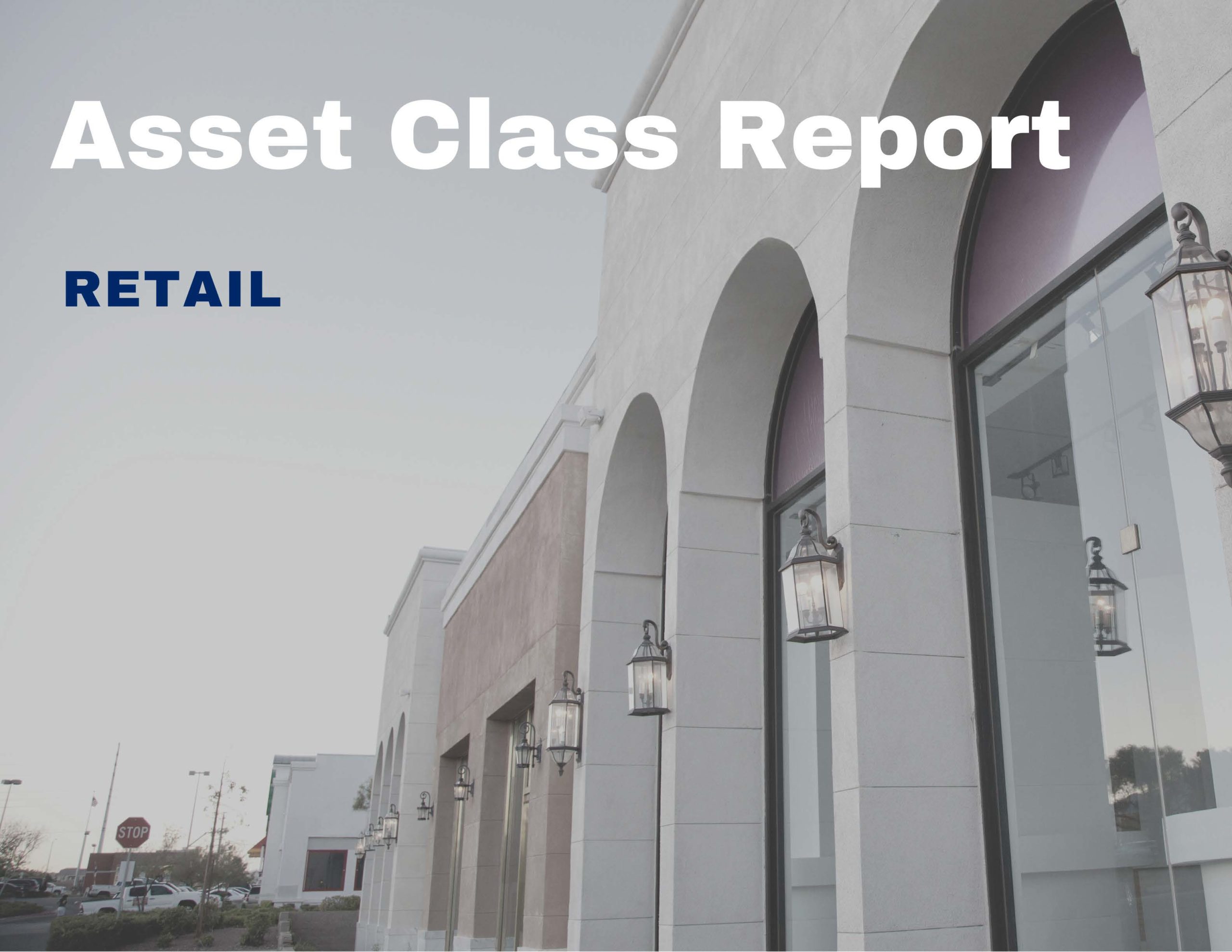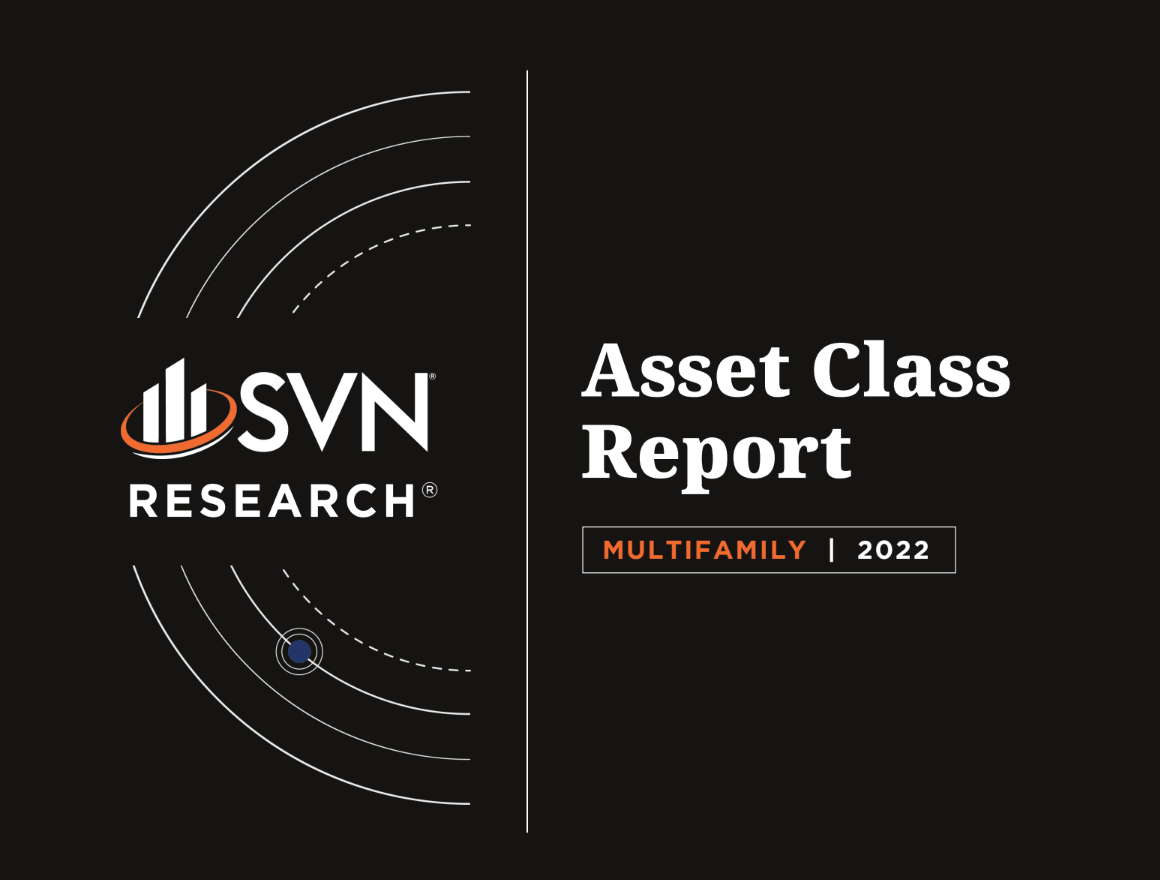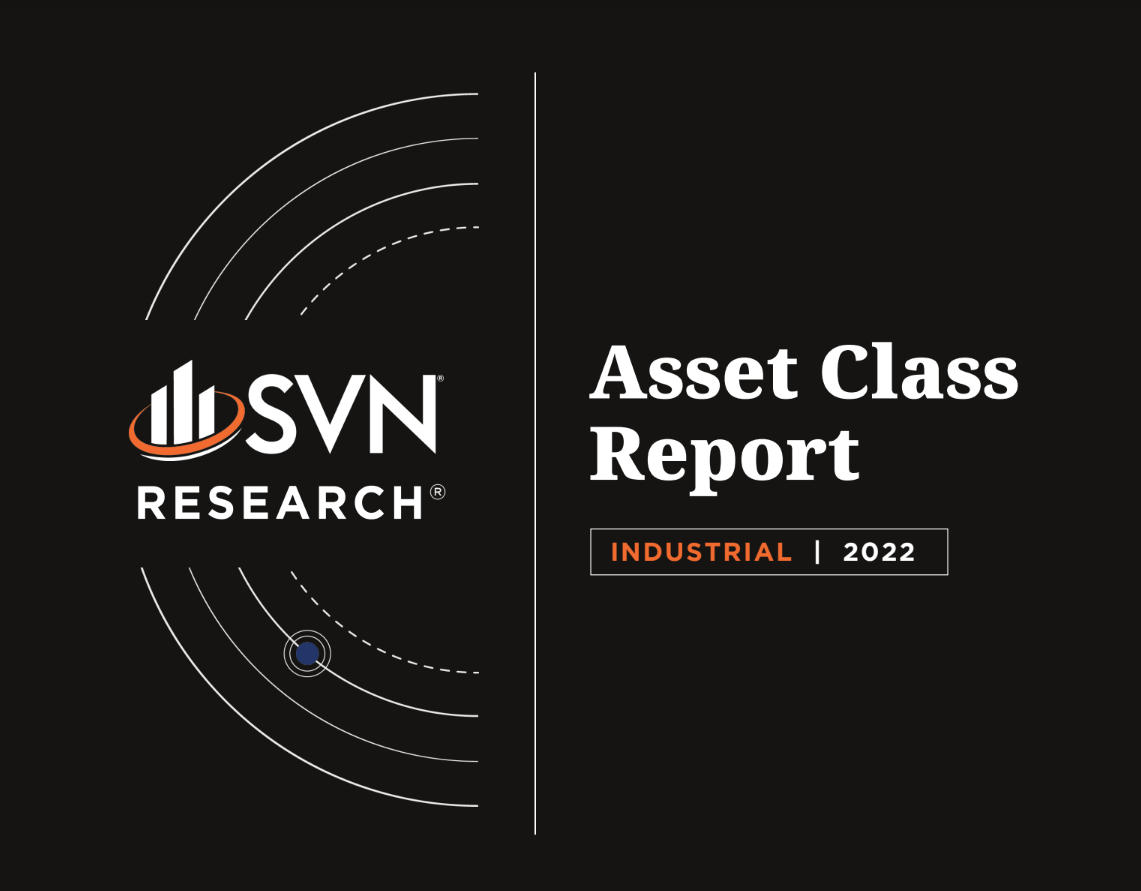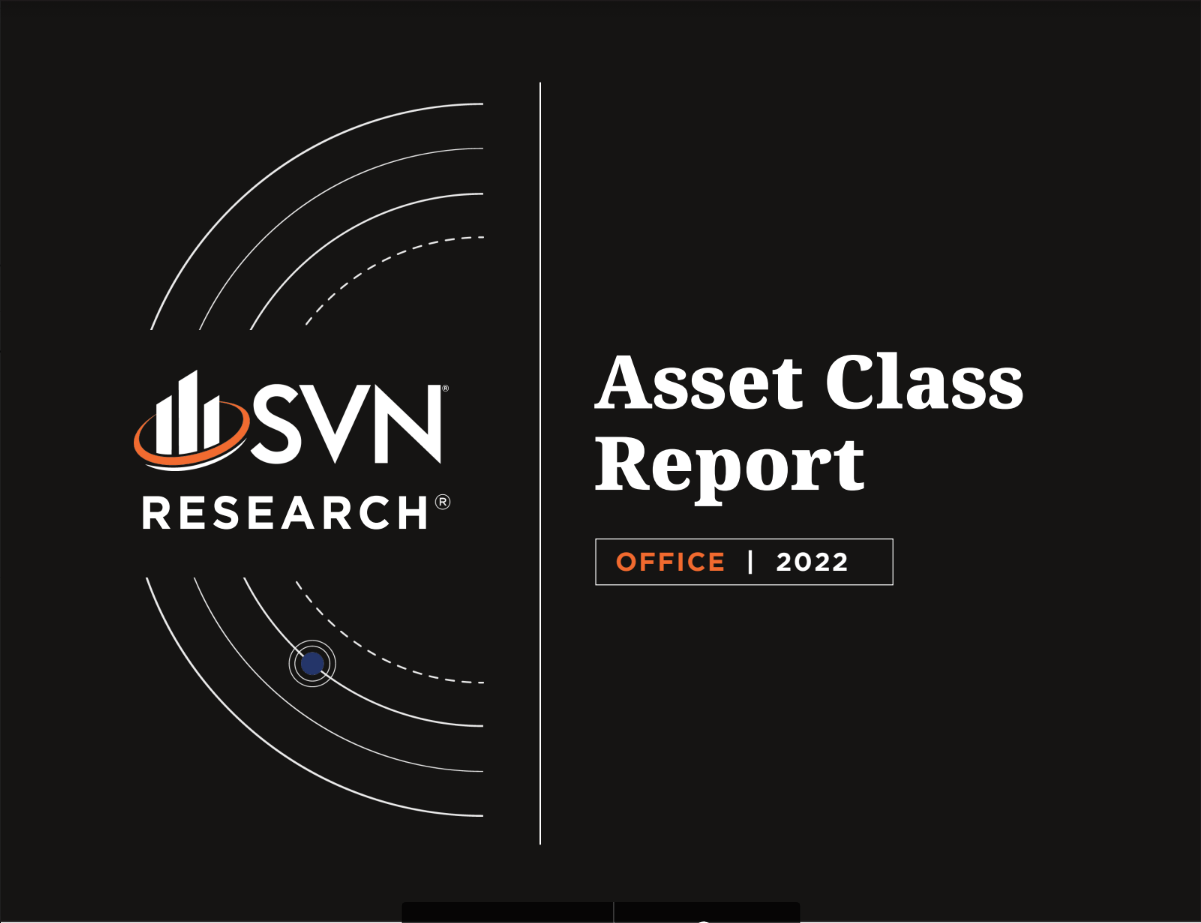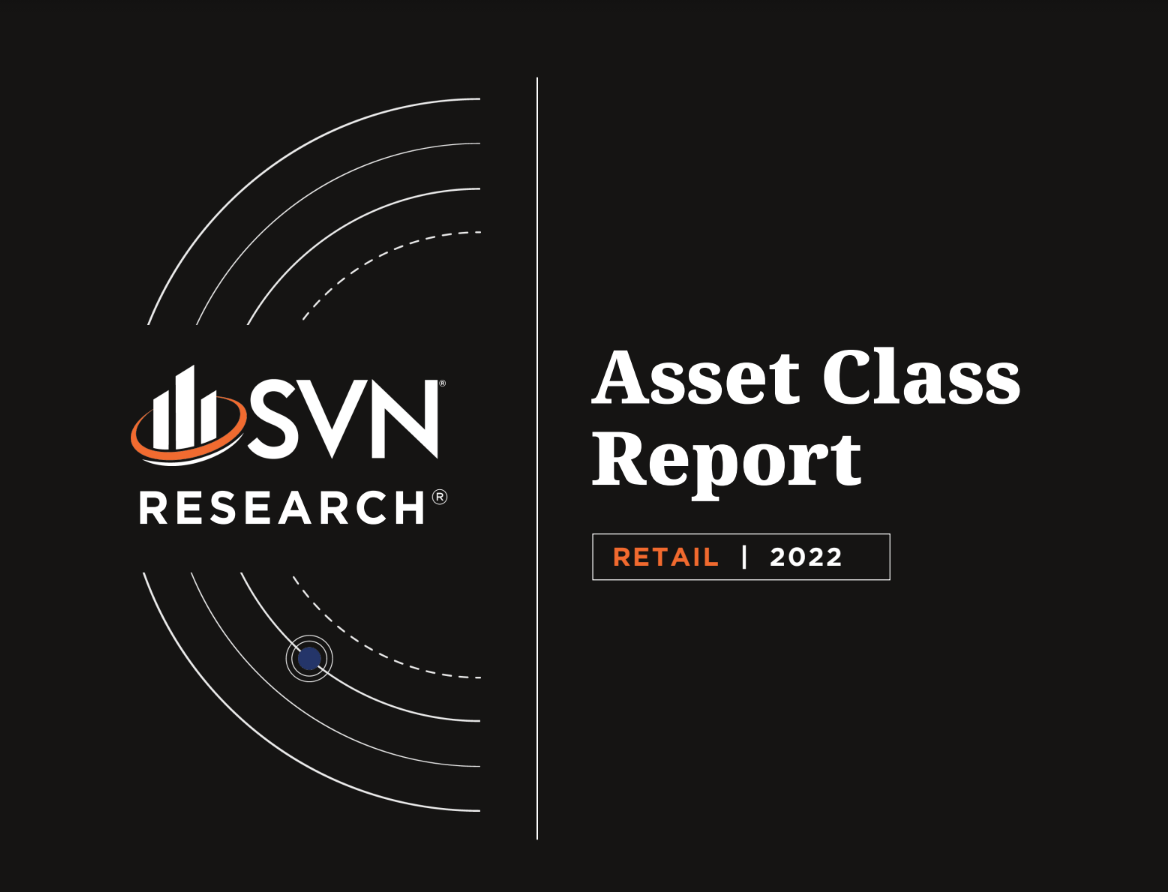admin / January 3, 2022
Commercial Real Estate Economic Update 1.3.2022
Commercial Real Estate Economic Update
Featured topics:
- Home Prices
- COVID Cases, Guidelines, and Economic Impact
- Independent Landlord Rental Performance
- REITs: 2021 In Review
- Building Materials Inflation
- FOMC December Meeting
- December Retail Activity
- Notable Industrial Deals
- Record Transaction Activity
- Natural Gas Futures
Commercial Real Estate Economic Update 1.03.2022 – (Download Full PDF)
1. HOME PRICES
• National home price growth has receded from its peak but continues to be strong, registering a 19.1% year-over-year increase in October, the latest month of data available from the S&P CoreLogic CaseShiller Home Price Index. Annual increases have slowed since reaching an all-time high of 19.9% in August but remain well above historical averages.
• Phoenix leads all metros in year-over-year growth for the 29th consecutive month, with home prices climbing by a staggering 32.3% since October 2020. Tampa and Miami remain standouts at 2nd and 3rd, where home prices rose 28.1% and 25.7%, respectively. The two Florida metros have maintained their strength after eclipsing their Western compatriots San Diego and Seattle over the summer, which had dominated growth alongside Phoenix for much of 2021.
• Historic home price growth continues to be a nationwide phenomenon, but the dominance of cities across the southwest and southeast throughout this cycle is indicative of changing locational preferences among homebuyers, with factors such as remote work expanding consumer choice in the housing market.
2. COVID CASES, GUIDELINES, AND ECONOMIC IMPACT
• COVID-19 cases in the United States continued to reach record levels over the holiday weekend, according to data estimates from Johns Hopkins University. The 7-day average for new cases climbed to a new high of 239,100 on December 27th, up from 147,138 one week earlier. This comes amid an estimated 545,415 new cases on Monday, December 27th, eclipsing a pandemic record of 302,890 new cases reported just one week ago.
• On Monday, December 27th, US health officials revised self-isolation guidance for asymptomatic people and for those who have come in close contact with someone who’s tested positive, decreasing the self isolation days in the former from 10 to 5 days.
• According to CDC officials, the updates, on the one hand, are a result of growing evidence of a shorter window of infectiousness following a positive COVID-19 test. On the other hand, they reflect a need to revise public guidance with the nation battling a surge driven by Omicron, a strain that is more transmissible yet less severe. According to officials, retaining earlier quarantine restrictions could threaten the ability of key sectors such as hospitals and airlines to stay staffed and maintain operations.
• So far, the surge in cases has not had as much of an impact on US economic activity. The Weekly Economic Index registered a slight increase during the week of December 25th from the week prior, reflecting an increase in consumer confidence, according to the New York Federal Reserve.
3. INDEPENDENT LANDLORD RENTAL PERFORMANCE
• New research by Chandan Economics tracking rent payments for mom-and-pop owned apartment units finds that, on average, independently operated properties were more sensitive to pandemic distress than properties operated by institutional managers. At the same time, while rent payments were often late throughout this period, full collection rates remained stable— never falling below 82.0%. The full-collection rate for November, the latest month of complete data, stood at 85.2%
• Utilizing data provided by property management software RentRedi dating back to March 2020, on time rent collections fell as low as 71.3% in August 2020 before reversing the trend as the economy regained footing. Through December 2021, on-time collection rates stand at 77.6%— a 49 bps drop from November.
• The report’s property type analysis also reflects the relatively new strength of single-family rentals (SFRs) compared to other sectors. Entering the pandemic, SFRs had the lowest on-time rates relative to 2-4 family, and 5-49 multifamily unit properties, with just 78.0% of payments coming in on time in March of 2020. Through December, SFR leads the next best performing property type by 82 bps, and through November measured an unpaid rate of just 13.4%. Meanwhile, rental units in small Multifamily (5-49 units) properties reported 15.5% unpaid in November, while 2-4 family units reported a nonpaying share of 16.0%.
4. REITS: 2021 IN REVIEW
• Real Estate Investment Trusts (REITs) experienced a booming year in 2021, taking advantage of Commercial Real Estate’s resiliency throughout the pandemic. According to FTSE NAREIT, Equity REITs have climbed by 36% year-to-date through December 23rd, 10 percentage points higher than the S&P 500, according to an analysis by TheRealDeal.
• Self-storage REITs have taken the crown since the start of the pandemic, climbing by more than 80% since March 2020. The industrial sector has been another huge winner, climbing by an average of more than 40%. Office, Hotel, and Retail REITs, on the other hand, have struggled.
• Analysts warn that 2022 may introduce new risks to REITs stemming from additional COVID variants, inflation, and interest rate contagion risk. While real estate has long been seen as a reliable hedge against inflation, the prospect of sliding consumer confidence and increased cost constraints for buyers poses a potential risk to the market that investors should be aware of over the coming months.
5. BUILDING MATERIALS INFLATION
• After giving builders a bit of a break toward the end of Summer 2021, lumber and other material prices have started rising again in recent weeks— a development that is sure to have implications on construction activity to start the new year.
• After lumber futures reached a record high in May before receding back to normal levels, prices per thousand board feet climbed above $1,000 again in December as the market prices in resilient homebuilding demand battle against a persistent supply chain disruption.
• In addition to lumber, the producer price index for iron and steel fabricated industrial buildings have also climbed. According to the Bureau of Labor Statistics, the PPI for these materials is up 35% year-over-year
6. FOMC DECEMBER MEETING
• In the FOMC’s December meeting, policymakers signaled their intentions to accelerate its pace of tapering, reducing its asset purchases by $30 billion in January to a total of $60 billion. The move comes after the Fed had last reduced its monthly bond-buying by $15 billion between November and December. The statement mentioned reflected rising concerns about inflation’s strength relative to their view on the labor market being short of full employment.
• The December 15th release of the Summary of Economic Projections showed an expectation of at least three rate hikes in 2022, followed by another three in 2023.
• Their projections also included an estimated fall in real GDP from 5.5% in 2021 to 4.0% in 2022. Their report also projects a steep fall in core PCE inflation from 4.4% in 2021 to 2.7% in 2022, followed by a slower deceleration in the years following, falling to just 2.1% in 2024. The Federal Reserve’s target for long-run core PCE inflation is 2%, but they have signaled a willingness to let it hold above that level for a short period to make up for previous periods of low inflation.
• The meeting follows the World Health Organization’s announcement of the Omicron COVID-19 variant but came before the more accelerated spike in US cases on and around the Christmas holiday, though a rise in cases was largely expected among expert sources.
7. DECEMBER RETAIL ACTIVITY
• Data collected from the December 13th-21st issue of the Texas Retail Outlook Survey, a monthly snapshot of retail sentiment in the region collected by the Dallas Fed, showed robust consumer activity in the run-up to the Christmas holiday. Meanwhile, business owners expressed increased optimism as they look toward the new year.
• The Texas survey provides a timely measure of business activity for roughly 10% of the US retail industry by employment and is reported before many of the monthly and quarterly indicators typically relied on to observe retail conditions. While annual sales growth slowed in December, the index continued to sit well above its historical pace of 4.8, registering a reading of 13.4 in December from 23.0 in November (a positive reading of the index indicates an increase above the prior month, while a negative reading indicates a decrease in conditions).
• In a potential sign of improving supply chain conditions, firms reported the largest net increase in inventories in nearly three years. Retailers also signaled improved hiring conditions, as the labor market component rose from 5.9 in November to 7.2 in December while wage pressures reportedly eased.
• While the general business activity index declined over the month, likely reflecting renewed virus concerns, the company outlook index rose to its highest reading since April. Outlook uncertainty decreased in the month, while expectations for future sales increased eight points to 44.2.
8. NOTABLE INDUSTRIAL DEALS
• In addition to gifts, family gatherings, longer nights, and higher energy bills, December also brings a ton of end-of-the-year closings on commercial real estate deals.
• The Industrial market completed some notable transactions recently, with Faropoint acquiring a 10-building portfolio in the Northern New Jersey area for $132.5 million, indicating a strategy aimed at gaining proximity to the densely populated New York metro.
• McDonalds Development also sold its 14-building Southeast US Industrial portfolio for a price tag of $395.5 million in December. The portfolio includes 2.7 million square feet of mostly multi-tenant buildings in the burgeoning Sun Belt region.
• Giants such as Blackstone Group, Rockefeller Group, and Prologis also announced warehouse, factory, or industrial development parcel purchases in the New York region in just the past week.
9. RECORD TRANSACTION ACTIVITY
• Transaction Activity is projected to have reached an all-time high in 2021, with investors recording $205 billion in deals through the third quarter and signs of more of the same in the fourth.
• Multifamily and Industrial dominated transaction volume, a shift from the historically higher performance of the Office sector. According to an analysis by Transwestern, Apartment transaction volumes have increased by 43% since 2019, while Industrial volumes have increased by 15% over the same period. Falling Office demand from the pandemic’s work-from-home shift alongside shifting household preferences prompted this trend.
• Cap rates for both Multifamily and Industrial have resultantly compressed throughout the course of the year as prices climbed and risk premiums shrank.
9. RECORD TRANSACTION ACTIVITY
• Transaction Activity is projected to have reached an all-time high in 2021, with investors recording $205 billion in deals through the third quarter and signs of more of the same in the fourth.
• Multifamily and Industrial dominated transaction volume, a shift from the historically higher performance of the Office sector. According to an analysis by Transwestern, Apartment transaction volumes have increased by 43% since 2019, while Industrial volumes have increased by 15% over the same period. Falling Office demand from the pandemic’s work-from-home shift alongside shifting household preferences prompted this trend.
• Cap rates for both Multifamily and Industrial have resultantly compressed throughout the course of the year as prices climbed and risk premiums shrank.
SUMMARY OF SOURCES
• (1) https://fred.stlouisfed.org/series/CSUSHPISA#0
• (2) https://www.nytimes.com/interactive/2021/us/covid-cases.html
• (2) https://www.cdc.gov/media/releases/2021/s1227-isolation-quarantine-guidance.html
• (2) https://www.newyorkfed.org/research/policy/weekly-economic-index#/interactive
• (3) https://www.chandan.com/independentlandlordrentalreport
• (4) https://www.reit.com/data-research
• (4) https://therealdeal.com/2021/12/28/reits-notched-banner-year-in-2021-but-2022-could-berocky/
• (5) https://www.globest.com/2021/12/28/sure-lumbers-expensive-and-so-is-everything-else/
• (6) https://www.federalreserve.gov/monetarypolicy/fomccalendars.htm
• (6) https://www.federalreserve.gov/monetarypolicy/files/fomcprojtabl20211215.pdf
• (7) https://www.dallasfed.org/research/surveys/tssos/2021/2112.aspx
• (8) https://www.globest.com/2021/12/23/industrial-deals-race-to-the-finish-line/
• (9) https://www.globest.com/2021/12/22/year-to-date-transaction-volume-is-the-highest-onrecord/
©2021 SVN International Corp. All Rights Reserved. SVN and the SVN COMMERCIAL REAL ESTATE ADVISORS logos are registered service marks of SVN International Corp. All SVN® offices are independently owned and operated. This is not a franchise offering. A franchise offering can only be made through a Franchise Disclosure Document.
